Many tennis nerds make a big deal about racquet stiffness. Why? Should you? Let’s look into this interesting topic a bit more…
I have written about racquet stiffness and other topics at length already in my “School of Tennis Racquets” on my Patreon page. Patrons of Tennisnerd can ask questions in a message and get exclusive, ad-free content every week. All this for only $2 a month.
Racquet stiffness is traditionally measured in RA, generally between 55-75 points. When you string a racquet, the stiffness drops about three points but let’s look at the unstrung scale.
Stiff: 70 and above
Medium: 65-69
Flexible: 64 and below
A lot of modern frames today can be labeled as “stiff”. Why is that a problem?
Can stiff racquets lead to injury?
Stiffness means that more power is transferred to the ball and the arm instead of being absorbed by the racquet. If you have a flexible racquet, the racquet will flex and vibrate more, but the vibrations are slower. A stiff racquet vibrates faster and those vibrations are more armful for your wrist, elbow, and shoulder for example.
Lots of racquets on the market are stiff these days. Because it means more free power and stability, which generally makes a racquet “easier to use”. We are seeing an increase in tennis elbow due to the number of stiff racquets and strings on the market, but most players are not aware of the potential harm of using them. This doesn’t mean we should only look at the RA rating when we consider a racquet because it depends on a couple of factors:
- Dampening technology – does the racquet have efficient dampening technology? Just look at ProKennex, one of the most famous brands for arm-friendly technology. Their racquets can have pretty high RA ratings, but thanks to the impressive Kinetic technology, they are still at the top of the arm friendliness game.
- The weight of the racquet matters too. Heavier racquets are often better at handling vibrations because they will be more stable on impact.
- We can also look at the layup of the racquet. Some materials are just better at handling shock than others.
How do I know if a racquet is too stiff?
You can look at the RA ratings as some form of guidance, but they are not the entire truth of a racquet’s arm-friendliness. A good idea, if possible, is always to test a racquet and see how it feels for you. But if you can’t do that it is smart to read reviews or ask your coach or other racquet professionals.
Don’t forget that your choice of string, is as important as the racquet. Playing with a stiff polyester string is not good for arm comfort, but if that is what you want, consider going down to 20 kg / 44 lbs or less in tension. A stiff string at a high tension is a recipe for tennis elbow.
That is why I tend to recommend hybrid setups or softer poly strings. You can read more about arm-friendly racquets here.
Do you prefer flexible or stiff racquets? Why? Please comment below!
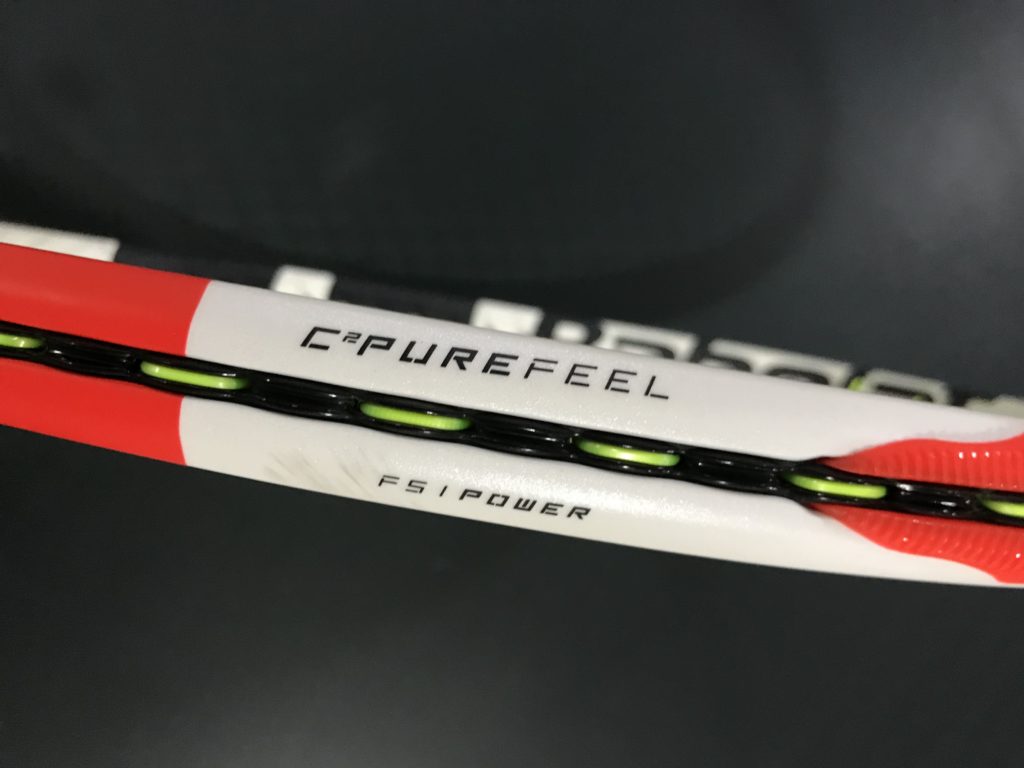
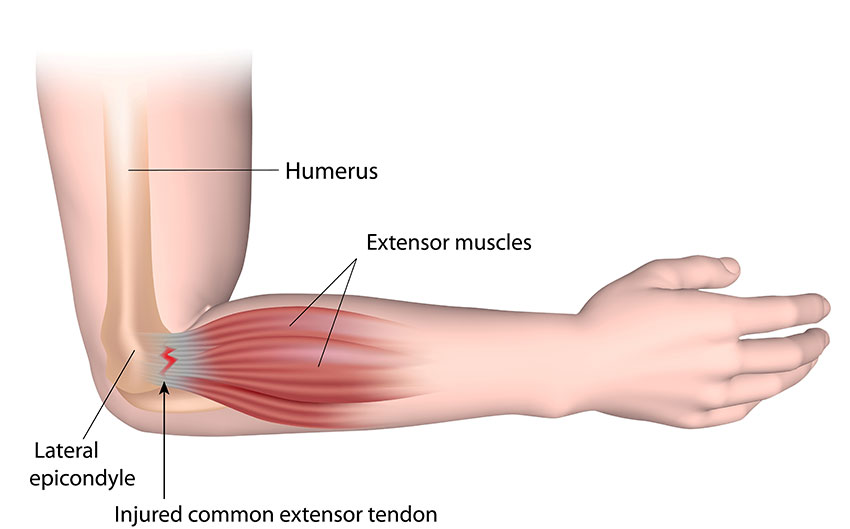
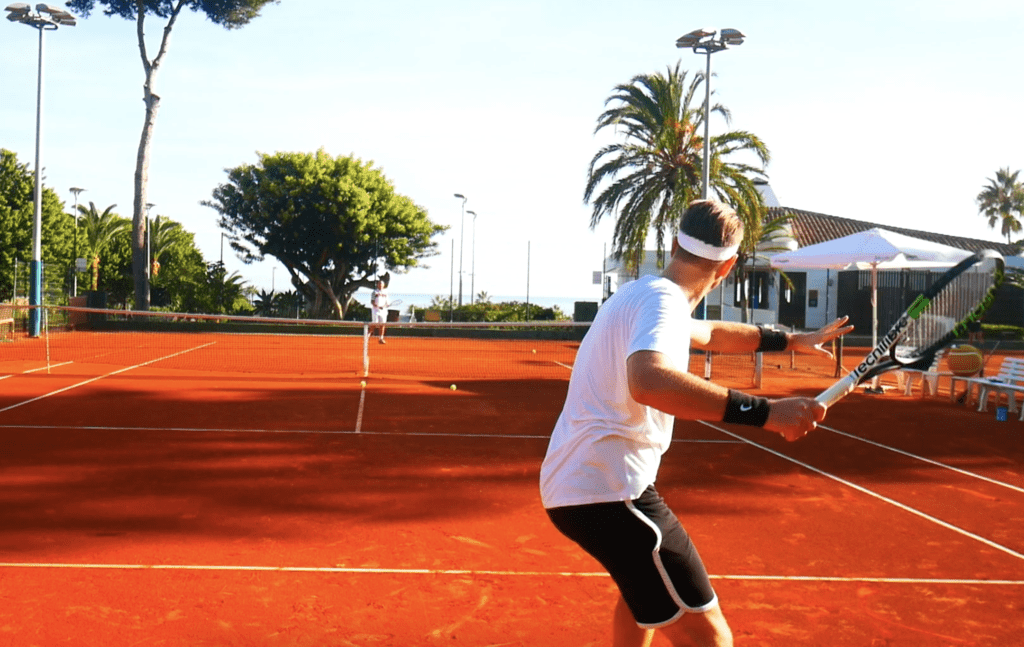





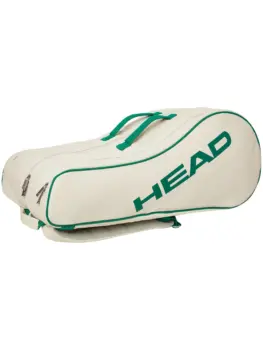



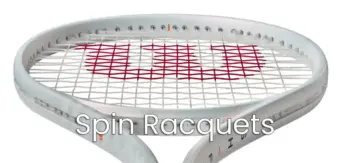



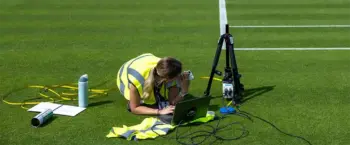

Hi Tennis I am sorry to write outside the topic but I would like to learn two things very much. I recently bought Prince txt 2 tour 100 310g (When buying rocket I suggested your reviews for which I thank you because I finally found the rocket for myself!) The new rocket is great, but I would like to improve it a bit because I lack a bit of stability in volleys, groundstrokesand and little power in groundstrokes. Could you explain where I’m should attach the extra load and if there is a video that shows how to do it because I’ve never done it. The second question I have regarding the pull, I pulled Yonex Poly Tour pro in general, I’m also happy but I’m hesitating to buy Luxilon Big Banger Alu Power. What would you say about this stretch in this rocket and how many kilos stretch it? Best regards!
Hi,
Try adding some lead tape at 3 and 9 – four strips of 1 gram (about 10 cm) each should be enough.
I made an old video here: https://www.youtube.com/watch?v=2t3u8dLJ1zQ but there are also videos from Tennis Warehouse.
Either of the Poly Tour Pro or Luxilon Big Banger should work fine. I would string it at 22 kg.
Regards / Jonas
Hi Jonas
Wouldn’t be great if rackets had more accurate coding including jarring even to include the use of dampeners and how much use they are.? Prokennex are arm friendly but even dropping the string tension dont have as much power and I dont think there is any way around it. Perhaps their range needs to be revampted.
Your earlier article about Donnay was interesting and wonder if anyone with arm issues feels they are ok playing competitively
All the best for your arm injury
regards
Ed
I’ve always used the RA measure to limit my search. However, recently I hit with a Yonex with Quake Shut Gel in it and it felt sublime despite its high RA. Ultimately, I purchased a Yonex with a lower RA. It does not have Quake Shut Gel and my arm/elbow is not as happy. I guess I could say the stiffer one had less “feel” as little vibration was sent to my elbow. I have more control and feel with the lesser RA model but I noticed something interesting hitting with a less powerful frame. I SWING HARDER to generate pace. So, my question would be “is the more violent ball/string collision” also a factor in how tough a frame is on your arm?
Have you noticed how the vibrations can change quite a lot depending on where you grip the racket? If you hold the top of the grip, the frame is not balanced correctly and vibrations are horrible, compared to gripping low. There must be a point (harmonic centre?) where vibrations are minimised if not eliminated? This would probably also move with addition of overgrips and different weight strings etc. so you need to be careful.
I’m a bit suspicious of the whole plush vs crisp racquet conversation and wondered how much it really impacts things like tennis elbow.
I suffer from tennis elbow at the moment (partial tear) and am trying to get a more arm friendly setup as I’ve been playing with both a stiff racquet (aeropro drive tour) and a very stiff string (volkl cyclone tour 1.30mm).
I’m now experimenting with softer strings, hybrid setups, etc, and it’s definitely making a difference. But I’m also faced with the questions whether I should fork out heaps of money in a pair of new sticks and that is what I’m not so sure about.
The reason is because I really question how much difference the stiffness of the racquet really makes compared to just going down in tension, or going for a softer string or adding more weight. It seems to me like the string and the weight of the racquet are two variables that would have a much greater impact then the racquet stiffness would.
I am also a bit confused with some recommendations I see on string reviews sites like tennis warehouse. They will review an “arm friendly” string, but then tell you to go up in tension to get it to play more like the say monofilament…. Doesn’t that not defeat the purpose of an arm friendly string?
TENNIS NERD, help me make sense of this….do I really need to change my racquet or is it enough that I look for a softer string? (the one problem I do have now is that I’ve gone from never braking strings, to snapping them ever second session).
Thanks you!
Mikael
PS. Love your YT videos, fortsätt med det!
Hej Mikael,
The string and tension are the most important part of the equation but the stiffness of the racquet affects it too.
One way to work with a stiffer racquet is to add weight to it. That will help reduce the vibrations, especially on off-center hits.
Yeah, bumping the tension kind of cancels out the benefits of the string. But it depends on how much. A multifilament string at 26 kg is still more comfortable than a stiff poly at 21 kg.
I think you can experiment a bit more with the string setup. Try going down to 1.20 or 1.25 in gauge and reducing the tension a bit. It might help your arm. Otherwise, you have to join the Clash or Gravity bandwagon :)
Mvh / Jonas
Are there any studies that prove this affirmation “A stiff racquet vibrates faster and those vibrations are more armful for your wrist, elbow, and shoulder for example” ?
Because we can also read that the amplitude of flexible racquets vibration is more harmful than the low amplitude of stiff racquets.
And nothing proves that vibrations cause injury, they can be boring but it’s different.
Thank you.
What you remark is more or less right (the second period is wrong though, anti-physics!). Vibrations actually are not much harmful (in fact there are no experiments or studies to prove it), simply because they’re weak forces. Sadly, “vibration” is a term that gets often confused with the actual culprits of the injuries: the “shocks” or “recoils”, that is when the racket abruptly twists (torsion shock) or get pushed back or forward unnaturally due to a ball hit outside the percussion center (percussion shock).
Indeed, as a great Italian blog also easily explains, the two forces are even “inversely proportional: a more flexible racket, deflecting more, will produce MORE vibrations, but LESS shock. Moreover, being the dwell time longer/higher, the greater flexibility will allow to distribute the forces in a slighlty longer interval of time, further reducing the shock”.
This is a great site, very helpful. My current racket is a Babolat AeroPro Drive GT Plus I bought back in 2013, with a stiffness rating of 72, so quite stiff. In hindsight, I got sucked into the marketing at Tennis Warehouse about its “power and spin” hype. At the time I wasn’t aware of how a stiff racket (with stiff strings at 25kg) would negatively impact my play with wrist, forearm and elbow injuries. I wanted to play more frequently but could not: wrist and elbow pain prevented it. Over last couple of weeks I demoed the Wilson Clash with RA rating of 55, really liked how it felt and bought it. I strung it at 21.5 for less shock and more dwell time. Supposed to come in the post tomorrow, can’t wait :-) ….my hope is that this more arm friendly racket will allow me to play 2+ times per week without the pain issues the Babolat was causing me.